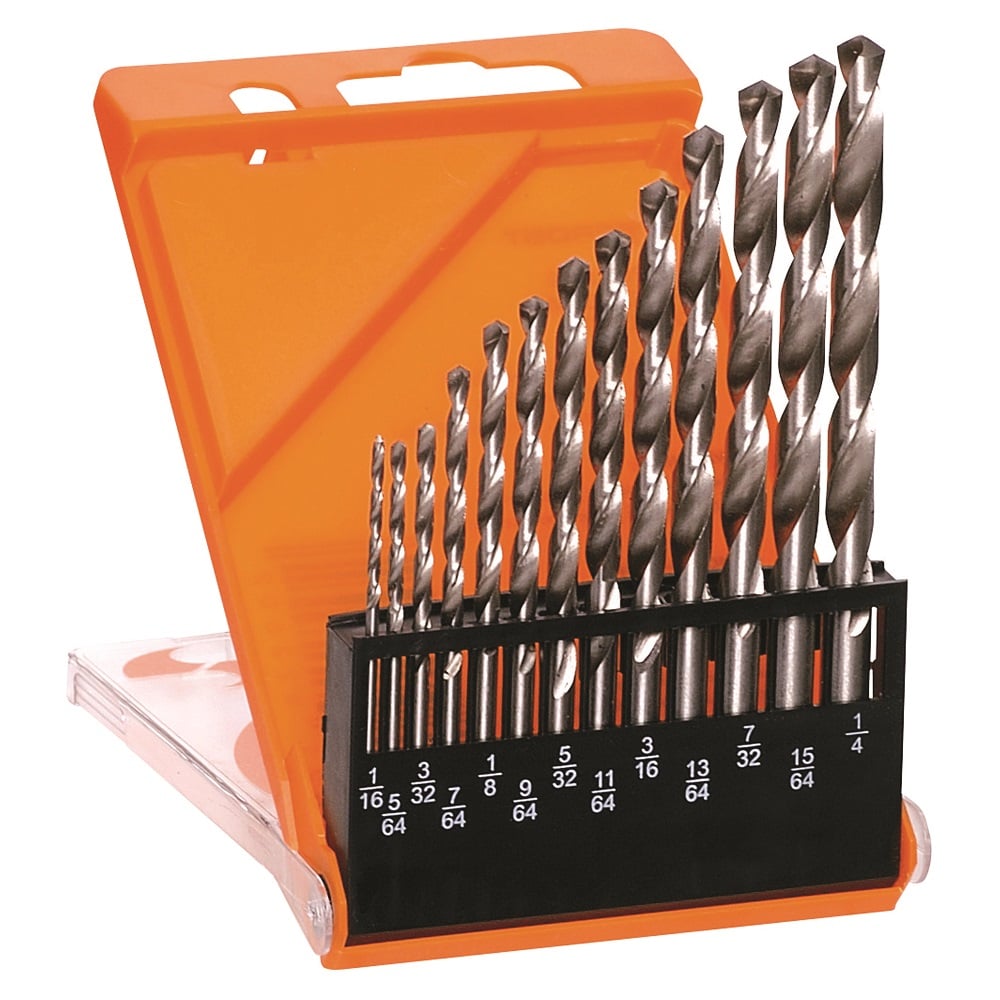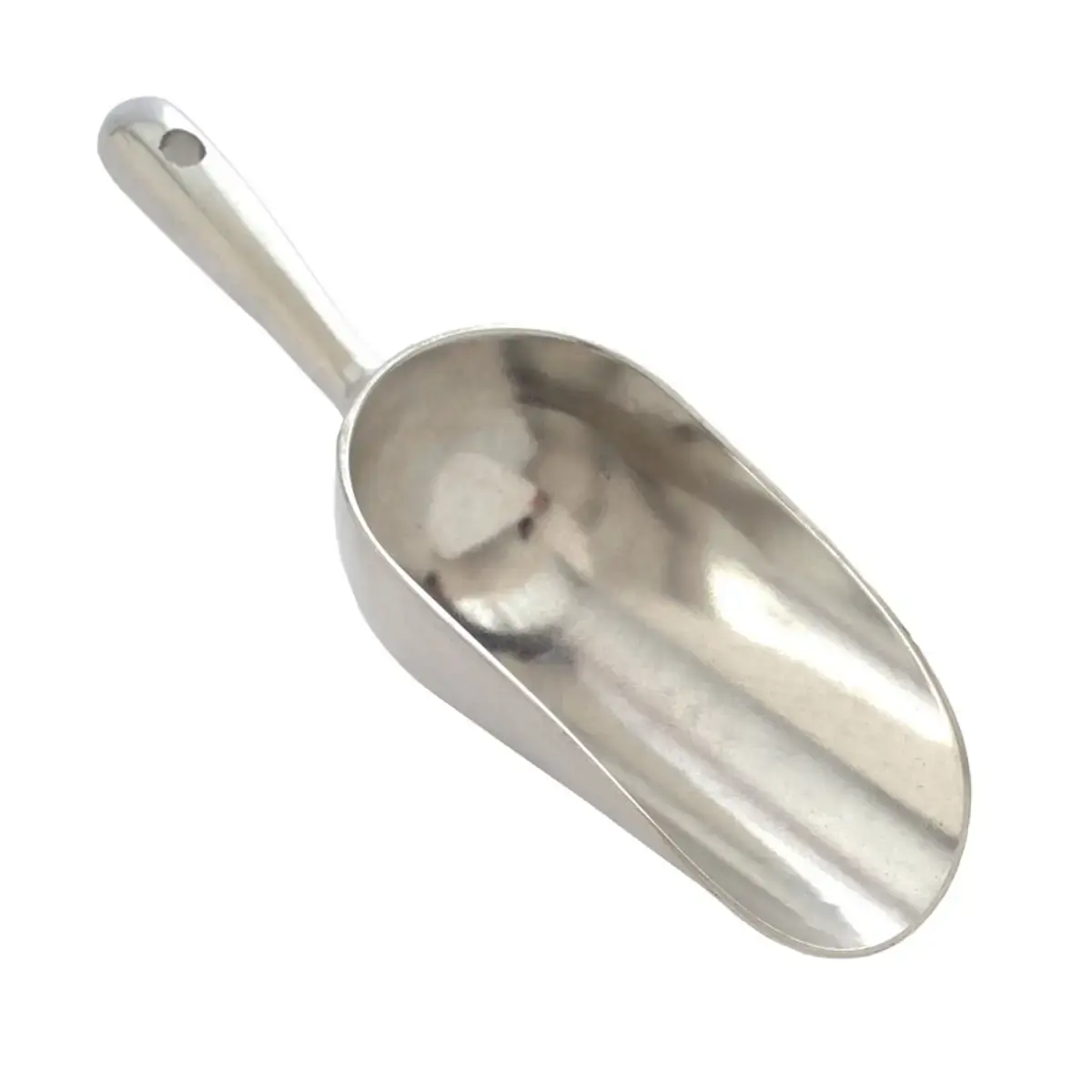7/16" - 10ct = 10mm
Fractional inches can suck my nuts.
Decimal inches can lick my ass.
Fractional metric can wear a skirt and give me a reach around 😍
Almost afraid to ask but what’s a reach around
where you reach around from behind and touch their front bottom
Why wouldn’t I just do it from the front though
because you are preoccupied with their rear bottom in other activities
Ok, but how am I supposed to deal with the front top then?
Use your third arm, duh.
Are they really that small?
Yeah, honestly I’m usually so tired of the imperial VS metric debate (I know metric is better and I wish the US used it, it’s just a low priority), but drill bit sizes are so stupid.
“Yeah gimme that 15/64ths bit” unhinged behavior.

I like inches, I like the size of 1/8th" it’s suitable to my needs. I like the scale on the ruler, my eyes can instantly tell what I’m measuring because each tick is a different length. It works for me, it jives with my tools, I will not buy new rulers.
I would happily throw out all my drill bits and switch to numbered ones or metric, I don’t care. Fractions for hole size is dumb. I’ll also happily throw out all my imperial sockets and wrenches and switch to one kind of nut. Having two standards of the same tool just sells more socket sets. Which was probably the point.
If only they’d made a metre equal a yard, then everyone would be bilingual and we wouldn’t have to fight. You could use the one that was appropriate for the job.
You know if they changed a meter to equal a yard, they would have to change what an amp is. Americans use amps. So it just bites us in the ass anyway.
Edit: I just remembered my definition of amp is out of date. I mean, it might still change, but not as directly as I thought.
Carful what you wish for they made my nuts suck after striping them.
Physics is also important. Coins are usually made of softer metal so a wrench can crush it if a bolt is too tight.
I don’t know… I’ve tried to drill holes in quarters when I couldn’t find a washer. Canadian quarters are as hard as woodpecker lips.
“Woodpecker lips” that is probably the most cursed way to refer to a beak that I’ve ever seen
You won’t like this then.
Since 2000, they’ve used all-American steel vs. our quarters, which are copper at the core. PS: I don’t really know if the Canadian quarter’s steel is all-American, I just like the ambiguity of the statement.
This link says “94% steel, 3.8% copper, 2.2% nickel plating” which is equivalent to 2 Standard Woodpecker Lips
Thank you. That’s what I was thinking.
Why *metric is important
Ten mil spanner is fuckin ten mil spanner and you have three in your toolbox and only someone who was starved of oxygen at birth uses imperial spanners wtf is this 🥲
Car manufacturers in the US like to throw metric and SAE at you. Just to keep you on your toes I guess. Ironically, it’s always the wrench you DIDN’T bring with you.
Whitworth is for real men
Yeah, like fuckin Isombard Kingdom Brunel it’s not 1870 😅
Whitworth is still in day to day use! It’s the mechano thread!
10mm is also .40’.
…Which I know because 10mm auto is the parent cartridge of .40S&W, which was just cut down to be shorter, but still uses the same projectiles.
I expect you mean .40 inches but you have abbreviated .40 feet which is more like 61/500m
Can I be that person???
AkShUaLlY An inch is not PrEcIsElY 2.5 cm but is /defined/ to be 2.54 ish cm so 0.4” is in ReAlItY 10.6 mm.
Ok im sorry. I’ll show myself out.
I believe the modern definition of the inch is precisely 25.4mm. Which makes all the Freedom units also metric.
You mean 25-2/5mm
6% off is fine with me t. engineer
deleted by creator
I know this cause guns. How imperial of you.
.40 short & wimpy
No one going to mention that it’s a Philips head screw as well? So not only could they have used a metric wrench but also a screwdriver.
You’re thinking in ¢.02 now.
Hexagon socket screws are often used because they are easier to loosen when the screws are very tight. I think in such a case you can’t get any further with a Phillips screwdriver.
As the owner of an older Japanese motorcycle: you’re better off with a wrench.
You’re probably just going to strip it with a screw driver, and that’s assuming it’s actually Philips and not JIS.
This meme is old as hell
sir, this is lemmy shitpost
That meme is old as hell
sir, that was lemmy shitpost
Hey! You’re both right and yet also both pointlessly arguing about it!
Just while we’re all pointing out the obvious…
that meme is old as hell
Again, you have not said anything untrue. Neither has the person you are arguing with.
Maths is important to get what the frick a 7/16 inch unit is supposed to be and how to calculate just about anything with it.
Maths may be important, but figuring out what’s bigger, 7/16 vs 3/8, is a stupid fucking system when metric exists.
Centimeters/millimeters: “6 is bigger than 5 is bigger than 4”
Inches: “I don’t fuckin know what’s bigger, 5/16 or 3/8? How about 7/32? Fuck you, I’m just making it all up.”
Even more ridiculous is that they could have just made everything one fraction. Like 1/10 then 2/10 then 3/10. This crap is over complicated by it’s own rules.
What if you need to represent something between 1/10th and 2/10ths without misrepresenting your precision?
Fractional measurements are way better for indicating precision than decimal. With decimal precision can only be increased or decreased by a power of 10, whereas fractional can be any level of precision - just represent the precision in the denominator.
Congrats were still useing fractions for a wrench. That still goes 10x.
I give your comment 13/4 up votes
It’s more it didn’t have rules. Decimal standard was used by surveyors and engineers, mechanical types. Fractional was more useful for carpenters and tradesmen, descending halves is more intuitive than descending tens, it just became custom. You can order a “big inch” ruler, ten inches in a foot, inches in tenths down too, or a caliper that displays in thousandths
What’s that in hogs hair lengths?
3/8 is 6/16. 7/16 is bigger. That’s like 3rd grade math.
deleted by creator
how would not know what bigger
Theres 2 pretty good reasons why I only ever have 1 fractional wrench at a time. One so I can just move up the line until one fits and the other reason is that fractional is not used in modern cars. I only ever need to break my imperial set out when I’m working on a antique car.
Any aerospace mechanics have any comments on this matter?
Certified aircraft repairman here: That’s not an aviation bolt, so the correct tool to turn it is a pair of vice grips and a hammer.
I’m not an aerospace mechanic, but I do have some insight.
The formula in the image is incorrect. It depicts 7/16" - 10 cents = 10 mm, not plus. Notice that 7/16" indicates the gap in the wrench, and the dime makes that gap smaller.
Now that that is out of the way, it seems that a dime is 1.35 mm (I love that American currency is specified in metric). So, 7/16" - 10 cents = 9.7625 mm. So, pretty damn close to 10 mm.
Wait… 20h old and nobody picked up un the fact that the thing on the picture is actually screw and you’d need a screwdriver for that?
It has a hex shape, you can use both.
I would say the Philips is for driving in, for speed of assembly, the hex is for when it’s seized and needs force to remove.
Like I’m going two weld two dimes into a cross for the screw slot when I have a wrench already.
A hex cap screw
Laughs in pliers wrench
Dynamic typing cannot work.
This is duck typing though. Since it works like a 10mm wrench.
The only problem is that now both the dime and 7/16 likely to vanish when next needed.















